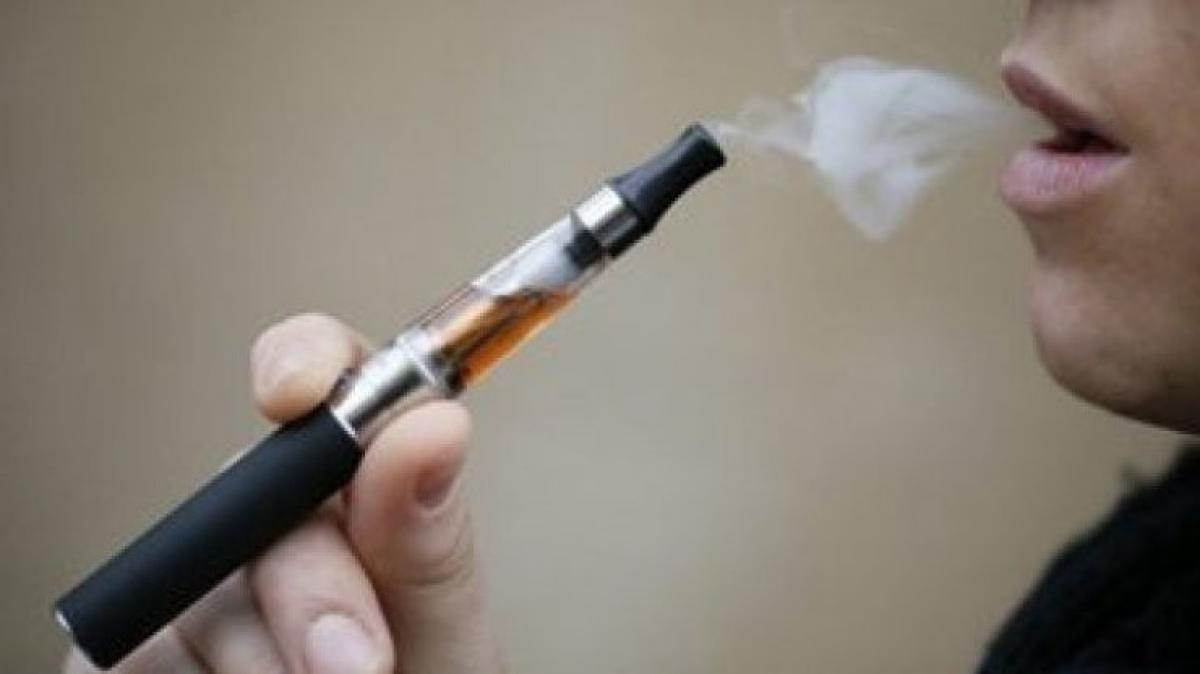Live
- 3rd Test: India slump to 86/4 after Jadeja, Sundar bowl out New Zealand for 235 on Day 1
- Saritha Tirupatiah Extends Diwali Greetings to CM Revanth Reddy, Advocates for Gadwal's Development
- J'khand polls to decide if B'deshi infiltrators will stay or be expelled: Himanta Biswa Sarma
- Community Demands Justice: Tributes Paid to Vadde Rajeswari in Aiza Mandal Villages
- 'MahaYuti will come back to power', Ajit Pawar declares in Baramati
- Derogatory jibes against women have no place in Maha: Pawar on Sawant’s ‘maal’ quip
- Afghanistan: Security forces rescue child, arrest two kidnappers
- State dedicated to realise vision of empowered India: Haryana CM
- 'Over the moon for my favourite cricketer': Manjrekar applauds Jadeja after five-fer
- Hundreds attend cremation of J&K BJP leader Devender Singh Rana





.jpg)




